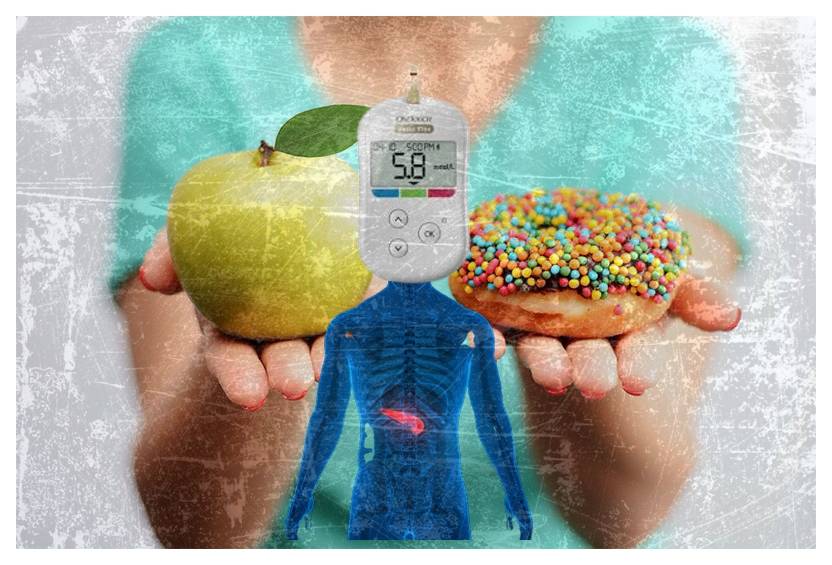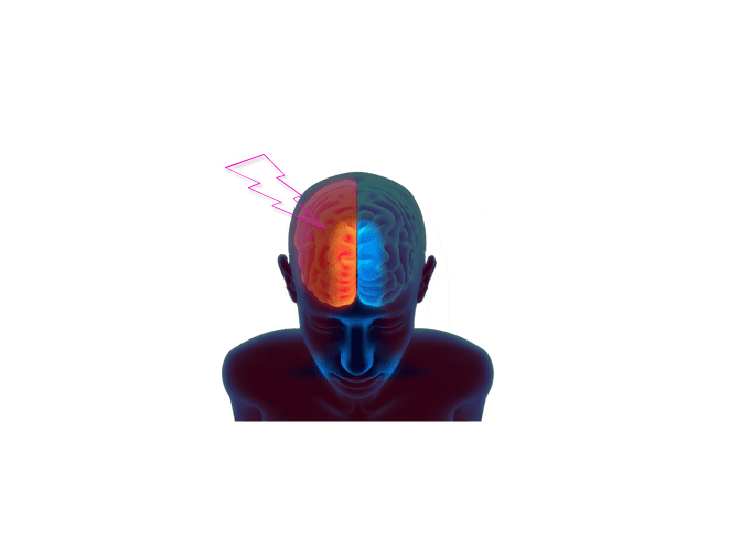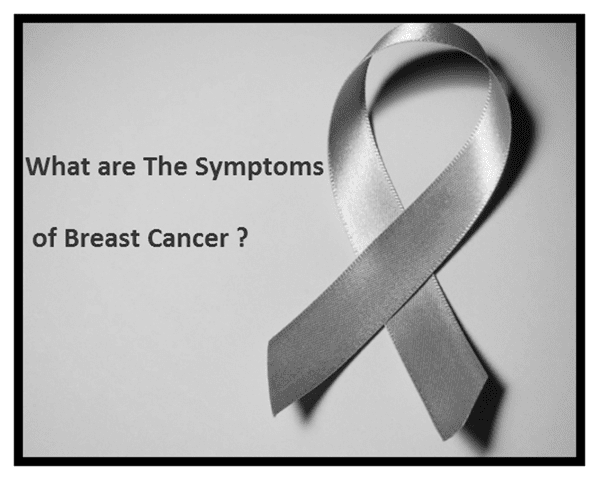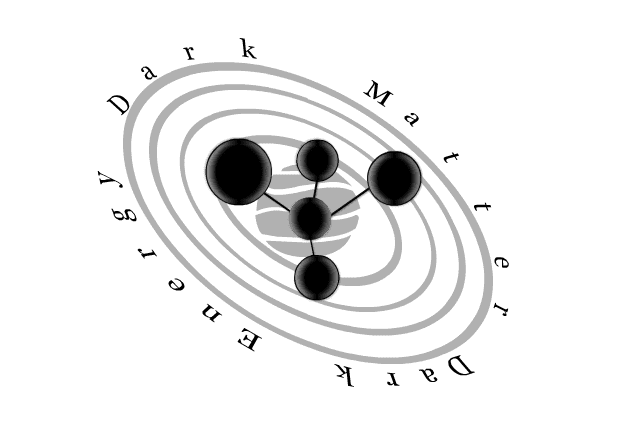암 오늘날 매우 희귀하고 흔한 질병이며 인간에게는 소리 없는 살인자이기도 합니다.. 언제부터 우리 몸에 발병하기 시작했는지 알 수 없기 때문에 언제 위험한 단계에 이르렀는지 알게 됩니다.. 그것은 많은 종류의 암을 가지고 있습니다.. 오늘은 여성 유방암에 대해 알아보겠습니다.. 그 증상에 대해 알아보겠습니다, 징후 및 치료법.
암의 유형 또는 단계
유방암은 세븐 잠재적인 유방암의 다양한 임상 징후, 다양한 임상 사진과 다이어그램이 많이 있을 것입니다..
그만큼 첫 번째 중요한 신호 당신이 알아야 할 새로운 덩어리 또는 두꺼운 유방 조직. 이제 모든 유방 덩어리가 암이 아니라는 점에 유의하는 것이 중요합니다.. 그러나 유방을 확인할 때 새로운 덩어리 또는 다른 덩어리를 발견하는 경우, 철저한 검사와 병력 청취를 할 수 있는 가장 가까운 의료 서비스 제공자를 방문해야 합니다..
그만큼 두 번째 중요한 신호 알아내는 것은 다릅니다 모양 또는 유방 중 하나 또는 둘 중 하나의 크기. 이제 이것은 잠재적인 유방암을 나타낼 수 있고 팔을 움직이거나 옷을 입을 때 이것을 더 많이 알아차릴 수 있기 때문에 중요합니다..
그만큼 세 번째 중요한 신호 조심하는 것은 체액 젖꼭지에서 분비물. 분비물이 본질적으로 피가 섞인 것을 볼 수 있습니다.. 이제 꼭 피투성이일 필요는 없어. 따라서 유두에서 새로운 색의 분비물이 발견되고 모유 수유 또는 수유를 하지 않는 경우 다시 검사할 수 있는 가장 가까운 의료 서비스 제공자를 방문하고 철저한 병력 조사를 통해 원인을 조사해야 합니다. BE. 유두에서 체액이 분비되는 가장 큰 원인 중 하나가 잠재적인 유방암이기 때문입니다..
그만큼 네 번째 중요한 신호 의 변화를 살펴보기 위해 겨드랑이 특히 덩어리. 따라서 겨드랑이를 진찰하다가 이전에 느끼지 못했던 새로운 덩어리를 발견했다면, 필요한 경우 다시 정밀 검사를 할 수 있는 의사를 만나러 주저하지 마십시오..
그만큼 다섯 번째 중요한 징후 조심하는 것은 오줌 누는 것입니다 보조개 발진 또는 홍반 유방 조직을 둘러싼 피부의. 여기서 눈에 띄는 것은 이 작은 점들입니다. 이것은 Purdue 또는 Orange로 알려진 것입니다.. 이제 오렌지 껍질을 위한 프랑스어입니다.. 오렌지를 상상한다면 작은 만두나 점이 있는 오렌지 껍질과 약간 비슷하다고 상상할 수 있습니다.. 당신이 이것을 알아 차리면, 당신을 평가할 수 있는 가장 가까운 의사나 임상의를 만나는 것을 주저하지 마십시오..
그만큼 여섯 가지 중요한 징후 조심해야 할 것은 발진 발적입니다., 스케일링, 또는 젖꼭지 주변의 습진. 여기 이 사진은 Paget's 젖꼭지의 질병. 실제 유두 자체 주변의 이런 종류의 인설 및 발진. 하지만, 이 발진을 조심하십시오, 홍반, 스케일링, 또는 유륜 부위의 습진, 실제 젖꼭지 자체를 둘러싼 영역입니다..
마지막으로, 그만큼 일곱 번째 중요한 징후 젖꼭지의 변화를 설명합니다.. 이 사진에서 유두의 반전을 볼 수 있습니다.. 이와 같은 것을 발견하면, 앞서 언급한 대로 주저하지 말고 가장 가까운 닥터 후를 만나십시오., 그들이 중요하고 철저한 기록 및 검사를 수행하도록 할 것입니다..
그래서 여기서 우리는 모든 것을 논의합니다 7 유방암의 징후 . 그래서 표지판, 주로 여성에게서 발견되지만 남성에게도 영향을 미칠 수 있으며 이는 남성이 유방암에 걸릴 수 있기 때문입니다..
What are the possibilities of cancer?
When talking of cancer, possibilities are the various outcomes and scenarios that may arise due to cancer development, diagnosis, treatment and prognosis. Here are some possible cases about cancer:
1.Development
Cancer can develop in almost any part of the body through genetic mutations in normal cells leading to their uncontrolled growth and division. There exist many factors such as genetic predisposition, environmental aspects (tobacco smoke or sunlight), lifestyle issues (diet and exercise) or infectious agents like certain viruses can cause these mutations.
2. Diagnosis
It is possible for cancer to be diagnosed at different stages; from early-stage when it is localized within its original tissue site without invading neighboring tissues or organs to advanced-stage when it has spread (metastasized) to distant body parts. Generally the diagnosis of cancer involves a medical history, physical examination, imaging tests (X-rays, CT scans or MRIs), laboratory tests (blood tests or biopsies) and sometimes genetic testing.
3.Treatment
Treatment options for cancer are determined by a number of factors including the type and stage of cancer, as well as their overall health status and choices. Surgical excision, chemotherapy, radiotherapy, immunotherapy, targeted therapy, hormonal therapy and sometimes a combination of these methods may be used as treatment modalities. The objectives of treatment are to eliminate or destroy cancer cells, reduce tumors in size, relieve symptoms and improve general quality of life.
4. Prognosis
The prognosis for cancer varies widely based on disease factors such as type and stage. Effectiveness of treatment; presence of comorbidities; age; overall health condition among other things. Some cancers have a good prognosis with high survival rates especially if they are diagnosed early and treated well. However some other cancers can lead to poor outcomes especially when they are diagnosed at advanced stages or resistant to treatment.
5. Survivorship
Numerous individuals who have had cancer live healthy lives after going through the disease stage. Survivorship involves checking continually for signs that the cancer has come back (recurrence) taking care of any long-term effects from treatment (for example physical, emotional, cognitive issues) and addressing support needs for patients. Care plans may include regular follow-ups with medical oncologists or primary care doctors to monitor long-term effects like heart problems or secondary cancers that could develop from previous treatments as well as provide surveillance for cancer recurrences which may imply survival monitoring alone or together with palliative care if indeed applicable.
As a whole, even though the prospect of cancer could be terrifying, developments in research for cancer, early detection methods and treatment modes have all improved the conditions and lives of numerous people who have cancer. Nevertheless, it is significant to note that every individual reacts differently to the disease and that there are multiple possibilities as far as cancer is concerned.























매우 유익한 게시물 감사합니다